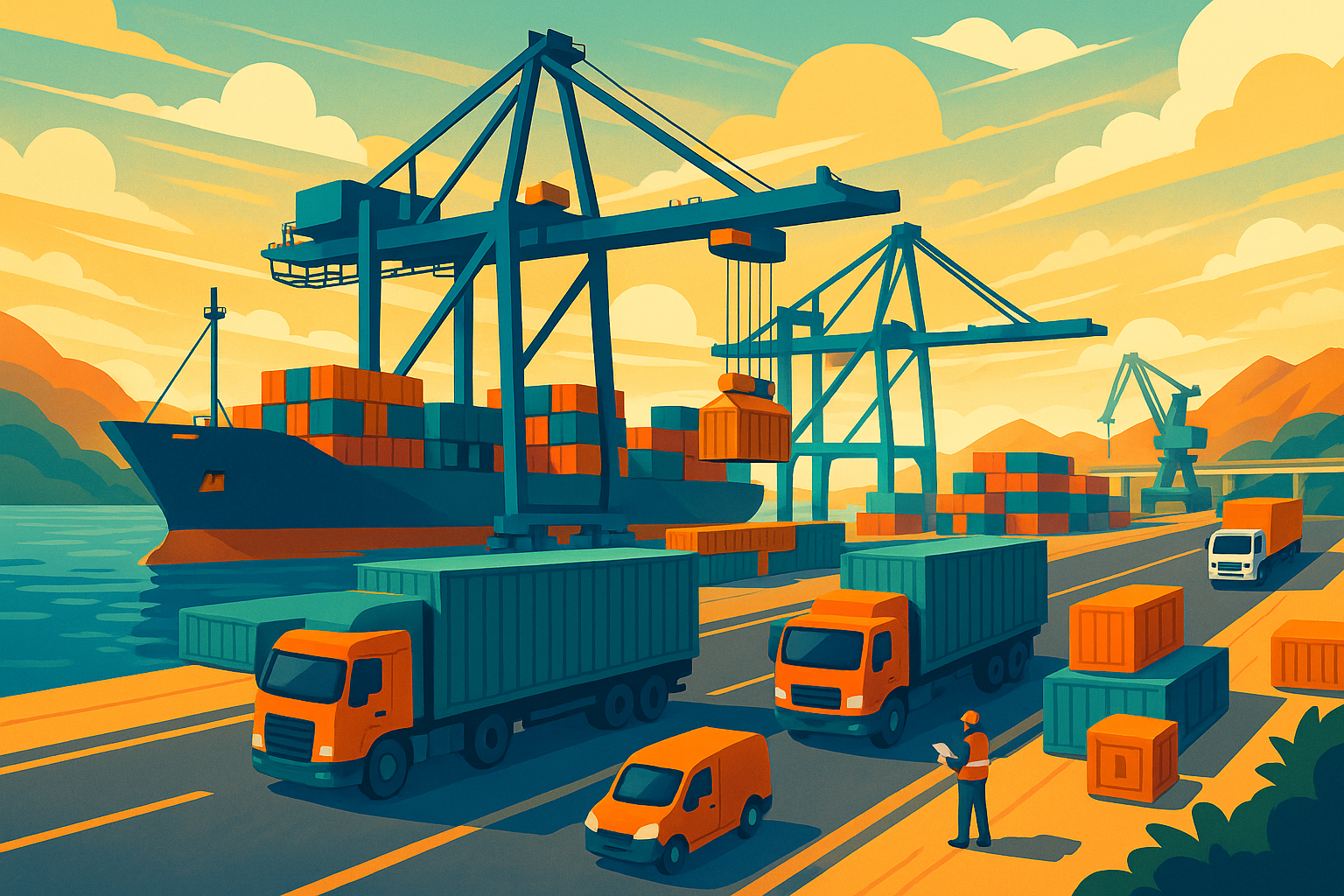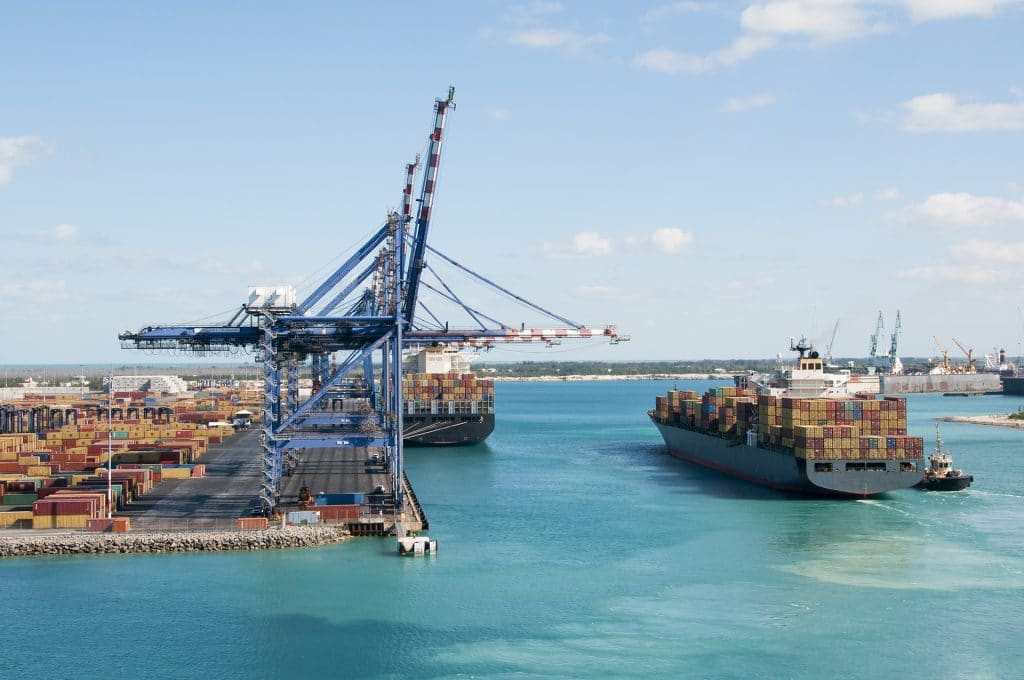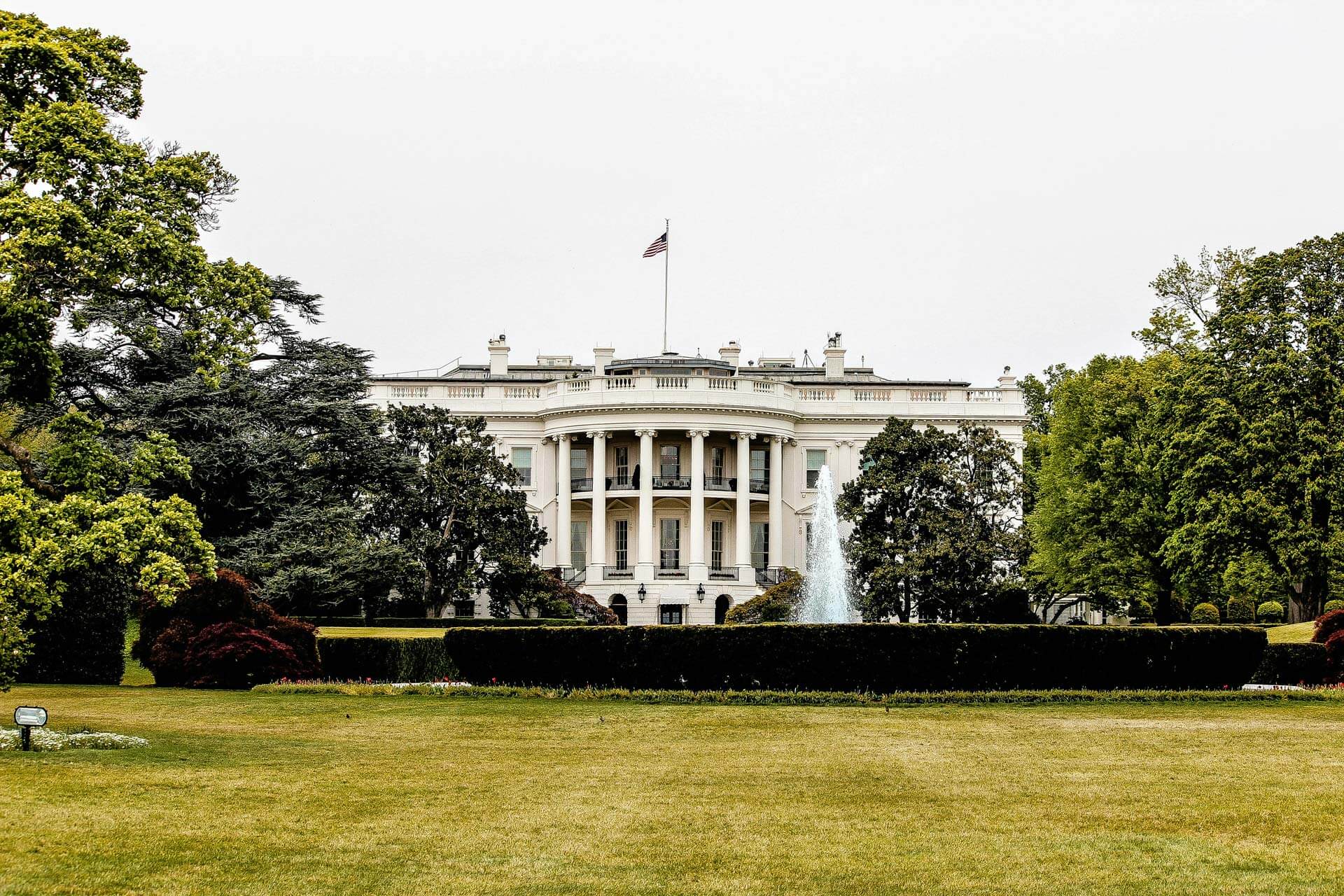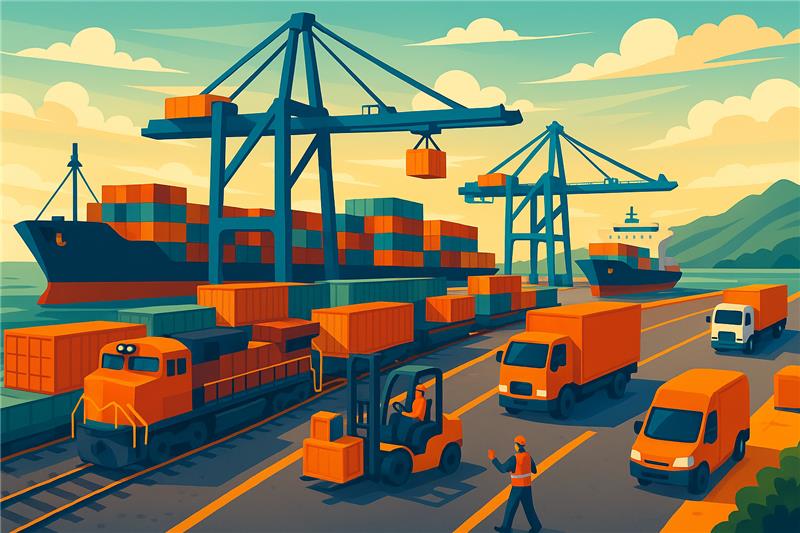Asia To U.S. West Coast Container Spot Rates Continue To Rise
Asia-US container spot rates continued to rise in early August, as carriers have managed capacity by blanking — or canceling — sailings.
Spot rates have more than doubled since June. Industry analysts say that has to do with seasonal import demand, supply chain disruptions that were labor-related, and heavily because of more blank sailings, according to reporting in the Journal of Commerce.
Retailers and forwarders expect spot rates will hit a ceiling that hovers around $2,000 per FEU on the eastbound trans-Pacific route, which they predict will stick for Asia-US trade into October.
Because a windfall of new container ships are set to hit the Asia-Europe trade, experts say that many smaller vessels currently serving that trade will likely move to the trans-Pacific, which leads them to think that spot rates should move lower starting in November.
Sign up to Receive JMR’s Supply Chain News Roundup, Delivered Directly to Your Inbox Weekly
Shipping reform bill stalls in U.S. House
A bill that would reform U.S. shipping laws has stalled in the House of Representatives.
The Ocean Shipping Reform Technical Act of 2023 — which would tweak the Ocean Shipping Reform Act of 2022 — aims to end ocean carrier antitrust immunity and draw clear regulations on the involvement of China-based entities in U.S. shipping.
However, critics say that the federal regulators and the industry at large are still implementing new rules put into place by the Ocean Shipping Reform Act of 2022, and adding more on top of that might have unexpected results.
Ocean Shipping Reform Technical Act of 2023 has been stalled in the House since May 23, when an amended version passed out of the House Transportation and Infrastructure Committee.
Congress reconvenes on Sept. 5.
U.S. Freight Isn’t Expected To Rebound Until 2024
The U.S. freight downturn that began in 2022 isn’t expected to turn around this year, and experts say that the current woes could stretch into the second quarter of 2024.
During a Journal of Commerce webcast earlier this month, Chris Caplice, chief scientist at DAT Freight & Analytics, said that
“We think the [truckload] spot market has hit bottom,” Caplice said. “We’re set up to start a recovery, but I agree it’s probably two quarters away, maybe three.”
Lower manufacturing output, overstocked inventories, excess capacity, and unemployment in trucking are driving the length of the downturn.
U.S. Imports From Asia Increase For Fifth Consecutive Month
U.S. imports From Asia hit an 11-month high in July, increasing for the fifth consecutive month, a promising sign that the trans-Pacific trade will return to year-over-year import growth this fall.
According to data by PIERS, July imports were down 10.1% from July 2022, but year-over-year growth could return during peak import season in 2023.
The National Retail Federation predicts that U.S. imports will be down 1% in October of this year compared to October 2022, and the November imports will be up 8% compared to last year. The NRF also forecasts that December imports will be 10.7% higher than in 2022.
As mentioned in an earlier blurb, Asia-US container spot rates have also increased. Those spot rates have more than doubled since June.
The data from PIERS also reflects the downswing of the West Coast portion of imports from Asia during more than a year of intense union contract negotiations between the International Longshore and Warehouse Union and waterfront employers. In July, the share of Asian imports that landed on the West Coast was 53.1%, down more than 6% from June and the lowest percentage since last November.
After Labor Agreement, Western Canada Cargo ‘Steady’
After two weeks of July strikes created a volatile situation at the Western Canada ports of Vancouver and Prince Rupert, container backlogs are being cleared, and operations are returning to normal.
“Steady progress continues to be made since July 13, when ship, rail and trucking operations resumed,” the Port of Vancouver told the Journal of Commerce.
Following the strikes, International Longshore and Warehouse Union (ILWU) Canada and British Columbia Maritime Employers (BCMEA) union membership voted on Aug. 4 to accept an agreement, ending the labor dispute. They previously rejected the two previous agreements.
Julia Kuzeljevich, director of policy and regulatory affairs at the Canadian International Freight Forwarders Association, told the Journal of Commerce that significant delays and issues have not been reported.
“So far we are not hearing much from members,” Kuzeljevich said. “Things are … quiet.”
Photo by Priscilla Du Preez on Unsplash






